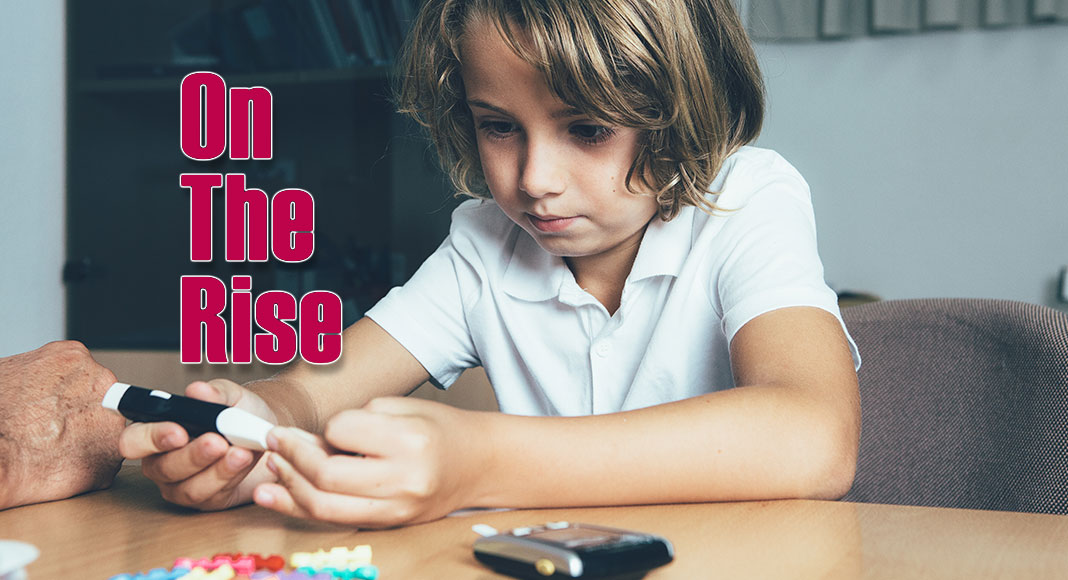
Mega Doctor News
CDC – Diagnosed cases of type 1 and type 2 diabetes are surging among youth in the United States. From 2001 to 2017, the number of people under age 20 living with type 1 diabetes increased by 45%, and the number living with type 2 diabetes grew by 95%.
Type 1 diabetes remains the most common type of diabetes in U.S. youth according to a report published today in JAMA, “Trends in Prevalence of Type 1 and Type 2 Diabetes in Children and Adolescents in the United States, 2001-2017external icon.”
“Increases in diabetes are always troubling – especially in youth. Rising rates of diabetes, particularly type 2 diabetes, which is preventable, has the potential to create a cascade of poor health outcomes,” said, Giuseppina Imperatore, MD, PhD, chief of the Surveillance, Epidemiology, Economics, and Statistics Branch in CDC’s Division of Diabetes Translation. “Compared to people who develop diabetes in adulthood, youth are more likely to develop diabetes complications at an earlier age and are at higher risk of premature death.”
Additional key findings from the report:
- The estimated number of youth aged 0-19 years with type 1 diabetes increased from 148 per 100,000 in 2001 to 215 per 100,000 in 2017.
- From 2001-2017, significant increases in the number of youth living with type 1 diabetes were observed in among ages 5-9, 10-14 and 15-19 years, in both sexes and for each racial and ethnic group.
- Type 1 diabetes remains more common among white youth than among youth from racial or ethnic minority groups.
- The estimated number of youth aged 10-19 living with type 2 diabetes increased from 34 per 100,000 in 2001 to 67 per 100,000 in 2017.
- From 2001-2017, significant increases in the number of youth living with type 2 diabetes were observed in youth aged 10-14 and 15-19 years old, in both sexes and for each racial and ethnic group.
- Type 2 diabetes remains more common among youth in racial or ethnic minority groups than among white youth.
- The greatest increases in type 2 diabetes prevalence were seen in youth who are Black or Hispanic, and the highest number of youth per 1,000 living with type 2 diabetes were seen in youth who are Black or American Indian.
The impact on youth from diverse racial and ethnic groups may also be linked to social determinants of health such as where children live and play. “More research is needed to better understand the underlying causes of the increases we’re seeing in type 1 and type 2 diabetes in U.S. youth,” said Jean M. Lawrence, ScD, MPH, MSSA, the lead author on this paper and director of the Diabetes Epidemiology Program, Division of Diabetes, Endocrinology, and Metabolic Diseases in the National Institute of Diabetes and Digestive and Kidney Diseases at the NIH. “Increasing prevalence of type 2 diabetes could be caused by rising rates of childhood obesity, in utero exposure to maternal obesity and diabetes, or increased diabetes screenings. The impact of diabetes on youth is concerning as it has the potential to negatively impact these youth as they age and could be an early indicator of the health of future generations.”









